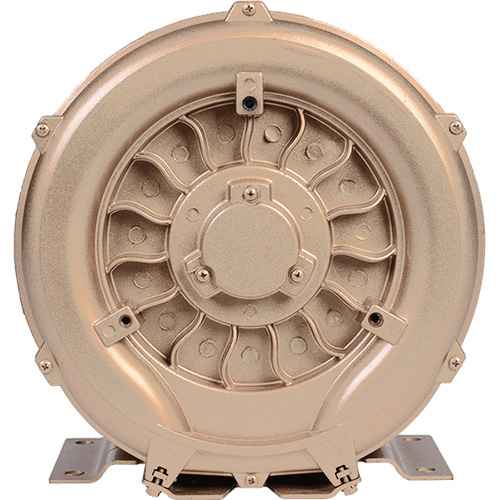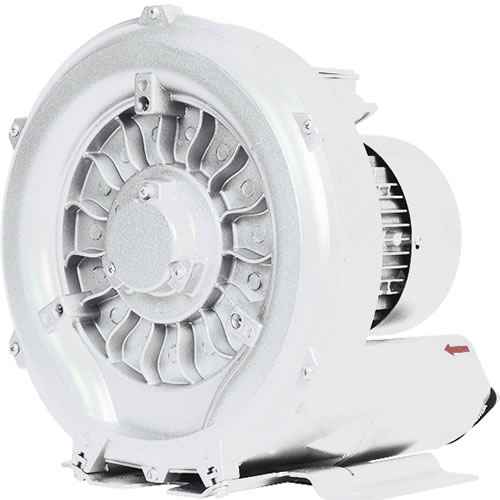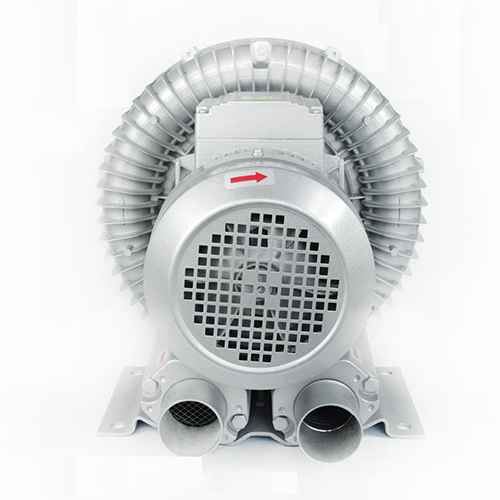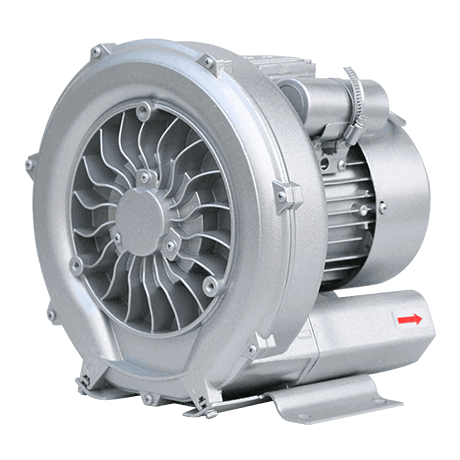Insulation level of high voltage blower motor
Insulation level of high-voltage fan motor
The insulation grade of the motor refers to the heat resistance grade of the insulation material used, which is divided into A, E, B, F and H grades. Allowed temperature rise refers to the limit of the increase in the temperature of the motor compared to the ambient temperature.
Insulated temperature:class A Class E Class B Class F Class H
Allowed temperature (C) 105 120 130 155 180
Winding temperature rise limit (K) 60 75 80 100 125
Performance reference temperature (C) 80 95 100 120 145
Insulation is the weakest link in electrical equipment such as generators. Insulation materials are particularly susceptible to high temperatures that accelerate aging and damage.
The heat resistance of different insulation materials is different, and the ability of electrical equipment with different insulation materials to withstand high temperatures is different. Therefore, the general electrical equipment specifies the temperature at which it works.
Seven per allowable temperatures are specified according to the ability of different insulation materials to withstand high temperatures, arranged by temperature size: Y, A, E, B, F, H and C. Their allowed operating temperatures are: 90, 105, 120, 130, 155, 180 and above 180 degrees C. Therefore, class B insulation indicates that the insulation heat-resistant temperature used in the generator is 130 de*90es C. The user should not exceed this temperature of the generator insulation material while the generator is operating in order for the generator to function properly.
Insulation grade B insulation materials, mainly from mica, asbestos, glass wire by organic glue or impregnation
The life of electrical product insulation is affected by a variety of factors such as temperature, electrical and mechanical stress, vibration, harmful gases, chemicals, moisture, dust and irradiation, etc., and temperature is often the dominant factor in the aging of insulation materials and insulation structures. Therefore, there is a practical, world-recognized heat resistance grading method, that is, the heat resistance of electrical insulation is divided into a number of heat resistance levels, each heat resistance level and the corresponding temperature values are as follows:
| Heat-resistant grade | Temperature, s.C |
| Y | 90 |
| A | 105 |
| E | 120 |
| B | 130 |
| F | 155 |
| H | 180 |
| 200 | 200 |
| 220 | 220 |
| 250 | 250 |
If the temperature exceeds 250 degrees C, the heat resistance level is set accordingly at an interval of 25 degrees C.
Heat resistance levels can also be expressed without letters, but the above correspondence must be followed. For equipment used under special conditions and with special requirements (as described in article 3.1.5), the above-mentioned classification methods may not necessarily apply and may require other classification methods.
The heat resistance level indicated on the electrical product usually indicates the temperature that the product can withstand when the rated load and other specified conditions reach the expected period of use. Therefore, in an electrical product, the temperature of the insulation used at the temperature should be no less than the temperature corresponding to the heat resistance level of the product (otherwise see Operation Manual).
For customary reasons, the term "heat resistance grade" is currently used generally for insulation materials, insulation structures and electrical products. However, future trends will be to recommend the terms "temperature index" and "relative temperature index" for insulation materials, the term "identification mark" for insulation structures, "identification mark" for insulation structures only in connection with the specific product designed, and the term "heat resistance rating" for electrical products.




